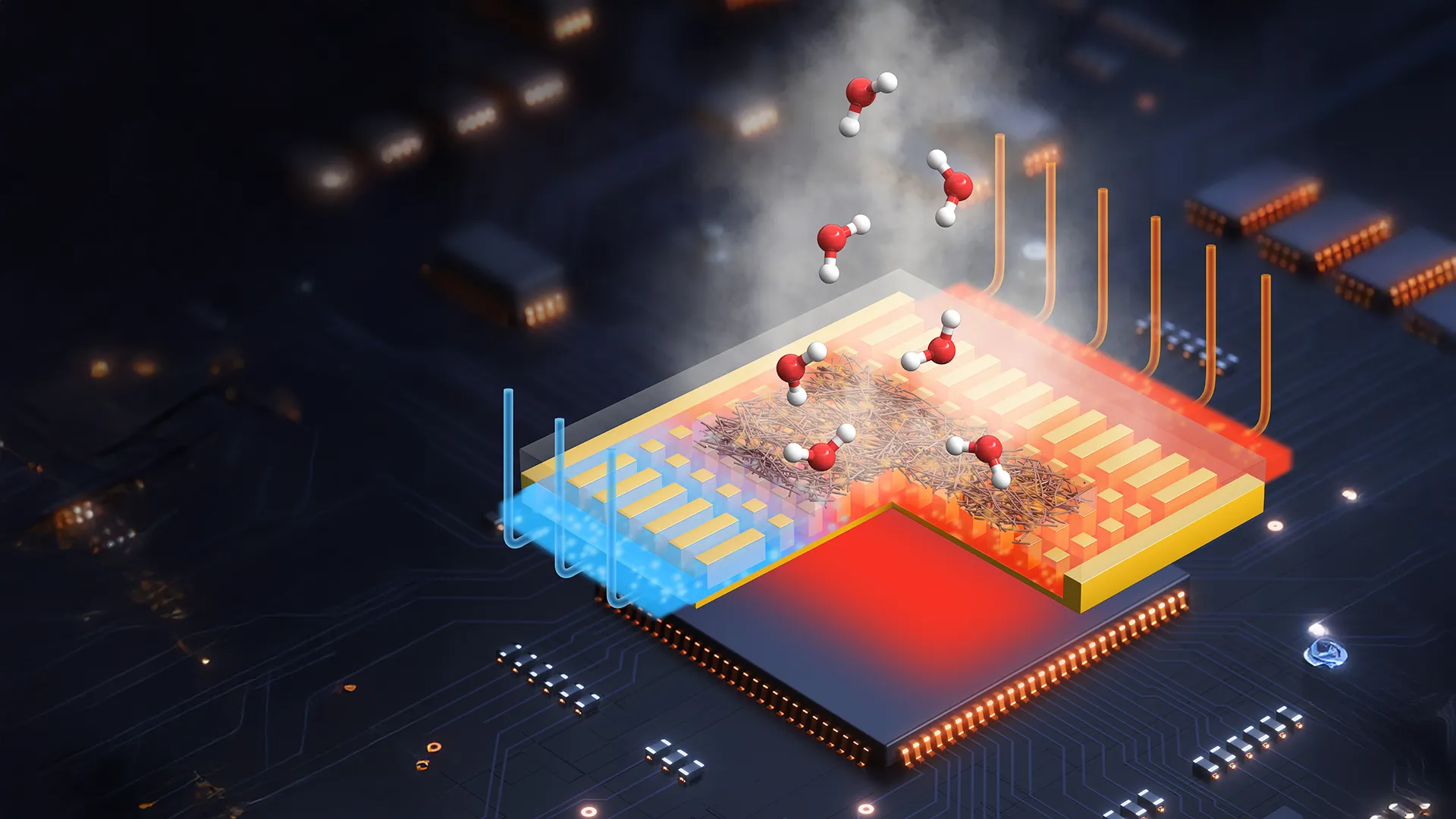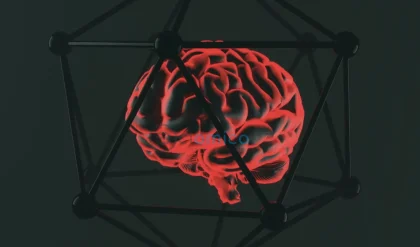
Engineers from the University of California San Diego have unveiled an innovative cooling technology that has the potential to enhance the energy efficiency of data centers and high-powered electronics significantly. This cutting-edge technology is based on a specially engineered fiber membrane designed to passively remove heat through the process of evaporation, providing a compelling alternative to conventional cooling methods such as fans, heat sinks, and liquid pumps. Additionally, this new approach could lead to a reduction in the water consumption typically associated with current cooling systems.
The breakthrough was highlighted in a research paper published on June 13 in the journal Joule. As the fields of artificial intelligence and cloud computing expand rapidly, the need for robust data processing—which generates considerable heat—is on the rise. Presently, cooling systems account for as much as 40% of the total energy expenditure of a data center. If the current trajectory continues, it is projected that global energy consumption for cooling could more than double by the year 2030.
This novel evaporative cooling technology aims to mitigate such escalating energy demands. It employs a low-cost fiber membrane equipped with a network of minute, interconnected pores that utilize capillary action to draw a cooling liquid across its surface. The evaporation of this liquid effectively extracts heat from the electronic components beneath, all without requiring additional energy input. The membrane is strategically positioned atop microchannels placed above the electronics, facilitating the efficient heat dissipation process.
Professor Renkun Chen, who co-led the project alongside counterparts Shengqiang Cai and Abhishek Saha—all from the Department of Mechanical and Aerospace Engineering at UC San Diego—stressed the advantages of this technology. “Compared to traditional air or liquid cooling, evaporation can dissipate higher heat flux while using less energy,” Chen stated. The co-first authors of this study also include Ph.D. student Tianshi Feng and postdoctoral researcher Yu Pei from Chen’s research group.
Evaporative cooling is not a novel concept; many existing applications, such as heat pipes in laptops and evaporators in air conditioning systems, already leverage it. However, effectively applying this technique to high-power electronics has posed significant challenges. Previous attempts utilizing porous membranes encountered issues, either due to clogging from excessively small pores or undesirable boiling triggered by overly large pores. “We designed porous fiber membranes with interconnected pores of optimal size,” Chen explained, highlighting the achievement in enabling efficient evaporation without these previous shortcomings.
In rigorous testing, the membrane demonstrated outstanding performance across various heat fluxes, achieving heat fluxes greater than 800 watts per square centimeter—one of the highest recorded efficiencies for cooling systems of this nature. Remarkably, the membrane’s performance remained stable over extended operational periods.
“These results underscore the exciting potential of reimagining materials for new applications,” Chen remarked. The fiber membranes in question were initially intended for filtration, yet their unique structural properties and proper mechanical reinforcement allowed them to excel in evaporative cooling under high heat flux conditions.
While the initial results are promising, Chen noted that the technology is currently operating well below its theoretical capabilities. The research team is focused on refining the membrane for optimal performance and plans to integrate it into prototypes of cold plates—flat components attached to chips like CPUs and GPUs for efficient heat dissipation. Additionally, the team is initiating the launch of a startup to commercialize this groundbreaking technology.
The research received support from the National Science Foundation, and the work was conducted in part at the San Diego Nanotechnology Infrastructure, which is also backed by the NSF. A patent related to this research has been filed by the Regents of the University of California, though the authors disclosed no competing interests.






